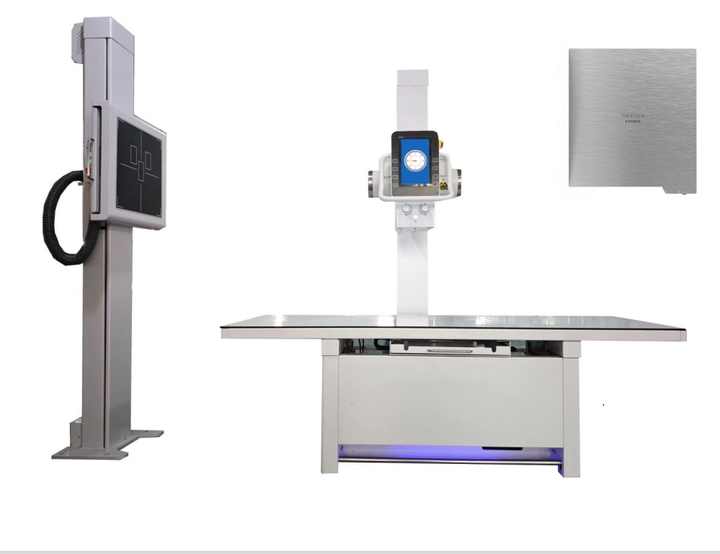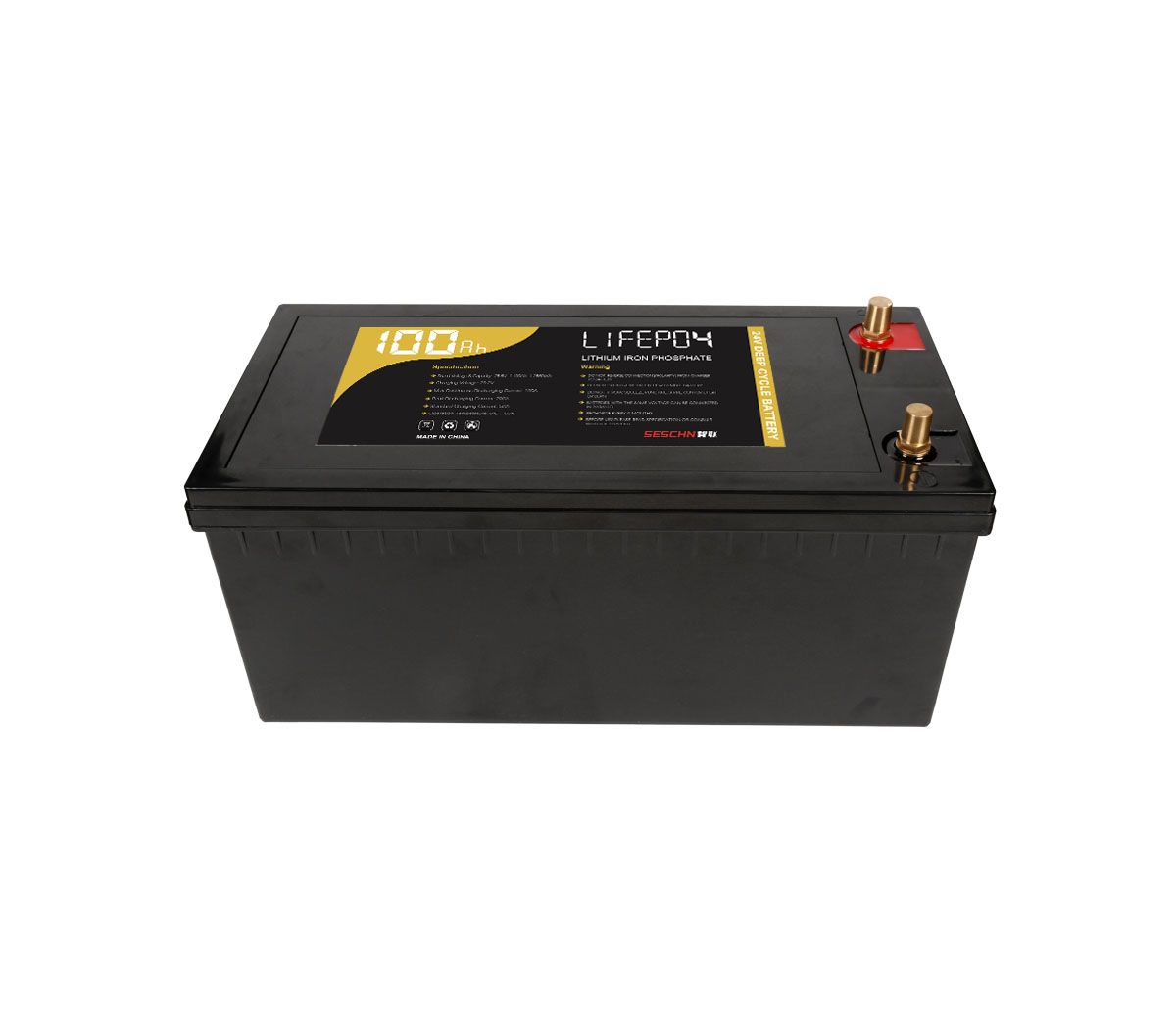Where is the technical trend of lithium-ion battery for vehicle power
The lithium battery industry attracts hundreds of billions of dollars.
Where does the golden compass point? The 2018 China International Lithium
Battery and Electric Technology Development Summit Forum will be held in
Shanghai on April 20-21
The lithium battery industry attracts hundreds of billions of dollars.
Where does the golden compass point? The 2018 China International Lithium
Battery and Electric Technology Development Summit Forum will be held in
Shanghai on April 20-21. The conference is organized by: First Lithium Power
Grid, First Electric Vehicle Network, China Co-hosted by Charging Pile Network,
Lithium Battery Hundreds Association, and He Li Exhibition, at the same time:
China International Electric Vehicles and Charging and Swap Technology Summit
Forum, this conference more than 40 guests attended the speech sharing, and more
than 500 guests attended.
Good morning everyone, I am Guoneng Battery from Beijing. Today I will talk
about the development of high-performance batteries. The four parts I will talk
about today are the first background introduction, the second talk about the
product technology route, the third is for the design and related progress of
high-performance batteries, and the fourth is about the planning and development
of Guoneng battery. The general capacity situation.
First, let me talk about the overall new energy power background. With the
derivation of national policies, environmental pollution is getting more and
more serious. Our demand for new energy vehicles is increasing. Statistics show
that from 2009 to 2015, 740,000 vehicles increased. The number of new energy
vehicles in the world will reach 6.6 million in 2025. The sales of new energy
vehicles will drop significantly in the next ten years. From the perspective of
this model in the new energy market, passenger vehicles are mainly occupied by
the ternary system. The dedicated ternary system is also relatively large. At
present, the ternary system is mainly used. With the national policy of 300WH/KG
by 2020 and the cost will be reduced to one dollar per watt-hour, the current
thinking of each battery system is similar, and the earliest is With LFP+carbon
graphite as the volume of 110-160WH/KG, with the increasing energy density of
the ternary positive electrode and negative electrode system, this energy does
not meet people's requirements. As the requirements become higher and higher,
the system is constantly changing , Followed by slowly NCM + carbon to
16O-220WH/KG, filtering to rich lithium + silicon 260-350WH/KG, it can basically
meet the requirements of the national policy in 2020, and finally there are some
cutting-edge, now we are in the system At present, the research is still based
on the ternary system, or ternary and graphite or silicon carbon.
Our company’s technical route last year was 160WH/KG, and this year’s
system was 180WH/KG. Last year, the ternary system was mainly based on 523 and
graphite systems. Now this year, it is slowly shifting to 622 graphite and
silicon carbon systems. The further development of high-fracture pressure
silicon-carbon systems will definitely move to all-solid-state batteries in the
future. This is the battery development roadmap.
If we take the silicon-carbon system as the technical route of the negative
electrode, we will first launch the 622 silicon-carbon system with 260WH/KG this
year, and the 622-silicon-carbon system for the positive electrode and the
negative electrode. In 2019, we are preparing to launch 280WH/KG to reach 300WH
in 2020. /KG requirements.
Let me talk about this silicon anode. There are many studies on this. Now
it is more difficult for graphite to reach the national requirement of
300-350WH/KG. Therefore, there are more researches on silicon anodes. We know
that silicon has a great advantage in terms of passenger capacity. It is
relatively high, about 10 times that of the conventional negative electrode. At
the same time, the platform is also graphite paste. It has better safety
performance than graphite. It has some fatal shortcomings. There is a 300%
volume change during the process of removing lithium and inserting lithium. The
volume change of graphite is about 10 or so, causing the active material to
crack and pulverize, so there is a great difficulty for our battery. The problem
of suppressing the volume expansion of the silicon negative electrode. What
problems will the volume expansion cause? The material will be caused during the
charging and changing cycle. The pulverization and shedding of the SEI film, and
the formation of the SEI film and the impact on the electrolysis consumption, so
how we now solve the problems in the application process of the silicon anode,
mainly from two considerations, the first is the perspective of the material
itself, This is a problem that materials manufacturers and battery manufacturers
have to overcome together. Now we are making improvements in materials. From the
point of view of material synthesis, the main route now is the nanometerization
of silicon, which is mainly 0-dimensional, 1-dimensional, 2-dimensional, and
3-dimensional. The 0-dimension is mainly for nano particles, which must be made
smaller, the 1st-dimension is for nanowires, the 2nd-dimension is nano-film, and
the 3-dimension is porous structure.
The second is to do the packaging, which will cover the silicon carbon. The
first is to leave some buffer for expansion, mainly to improve the conductivity
of the lithium battery through some metal doping. From the perspective of the
battery company, how to make good use of this material? How to use it in the
battery well, there are some related matching connectors, how to suppress the
expansion of silicon in the cycle? How do we tolerate the electrolysis in the
process of the binder, how to reveal the impact of these negative electrodes, in
Destruction and formation How do we find a good additive or solvent to form a
more stable SEI film? During the cycle, the SEI film is more stable and will not
break so severely.
The nanometerization of silicon is mainly mentioned from the above, from
the perspective of 0-dimensional, 1-dimensional, and 2-dimensional. Among them,
the most commonly used one is that many companies in the lower right corner use
this method. The first is two. Cyclic silicon provides cushioning, forming a
grape structure or pomegranate structure.
Then, in terms of the direction of the battery, it is mainly the adhesive
and electrolyte. The most basic problem of the adhesive is the problem of
electrical conductivity. How does the adhesive make the interface better? The
interface of the electrode is our adhesive. How to increase the intensity. Here
is how we choose a good binder? Make the silicon system have better performance
during the battery operation, so that we choose the binder, first, it has better
strength, and second The productivity modulus and fatigue resistance are better,
and the affinity to the electrolyte is better. The conductive agent battery
peels off during the cycle. We need to find a better conductive agent to form a
better network. Many people mentioned carbon Now the best performance should be
the single-arm carbon tube, because in all aspects of the conductive agent, the
conductive agent will be connected to the role of the adhesive. Due to the
length and diameter of the tube, the conductivity will be more complete, and the
conductivity will be better in the end. . We use the results of the silicon
anode to make a battery of 622 and silicon-carbon system. The energy density is
about 264WH/KG, and the cycle is about 80% for one thousand weeks. There is a
big problem with the battery. We have an additive that is very helpful for
circulating silicon, but this will cause problems under high temperature
reactions. This is a comparison of the performance of different electrolytes,
and the performance of all aspects of the battery can be improved to a large
extent through special additives. This is because we have chosen a lot of
binders and finally the electrolysis has been greatly improved.
The last two points of view are that the material itself improves the
effect and suppresses swelling. From the perspective of battery application, how
to homogenize is solved. The second is how to make the material thinner
according to the density requirement, how to solve the problem, and the
structure design. How to determine the density and porosity, then the binder and
conductivity, as well as the study of the electrolyte, and the study of the
pre-reformation process.
Now let’s talk about the planning and production capacity. We have research
institutes, systems research institutes, BMS research centers, and materials
research institutes. At the same time, we are also equipped with a complete
command center. In order to recycle the battery, a closed loop is created.
Our production capacity, now there are nine major bases in the country,
last year was about 1.2GWH, last year's sales volume fifth. The main branches of
our customers are located all over the country, mainly concentrated in East
China, North China, and coastal areas. This is our customer branch. Thank
you.


































